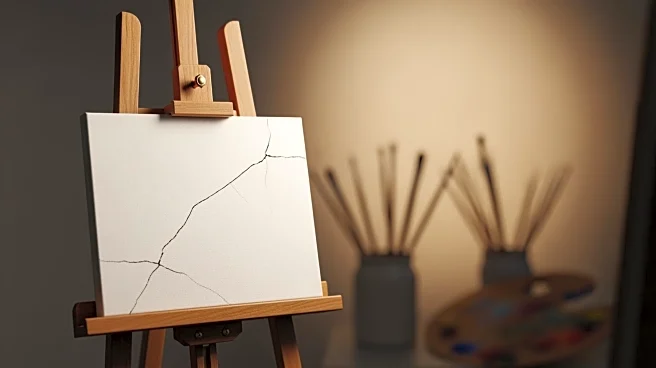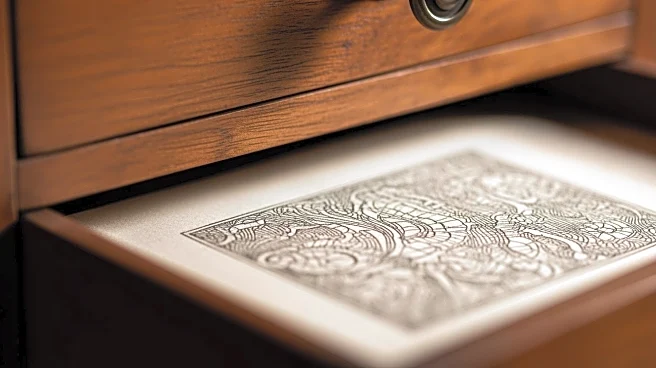What's Happening?
Jeff Cowan, an art dealer, has been found guilty in the Ontario Supreme Court for his involvement in a large-scale forgery operation involving the works of Norval Morrisseau, a renowned Canadian First Nation artist. Cowan was convicted on four counts
of fraud, including uttering forged documents and defrauding the public and two customers of property valued over C$5,000. This conviction is the final case in a series of prosecutions related to the forgery and trafficking of Morrisseau's works, which have been estimated to be worth over C$100 million. The operation, described as the 'biggest art fraud in history' by Canadian law enforcement, involved multiple individuals and spanned decades. Cowan's defense argued that the provenance of the artworks was difficult to establish due to Morrisseau's personal issues and inconsistent signature standards. Despite this, the court found him guilty, and his sentencing is scheduled for February 2026.
Why It's Important?
The conviction of Jeff Cowan is significant as it concludes a major legal battle against art fraud that has plagued the market for Norval Morrisseau's works. This case highlights the vulnerabilities in the art world, particularly concerning the authentication and provenance of artworks. The fraudulent activities not only defrauded collectors and investors but also tarnished the legacy of Morrisseau, an important figure in Indigenous art. The case underscores the need for more stringent measures in the art market to prevent such large-scale frauds. It also serves as a cautionary tale for collectors and galleries to exercise due diligence in verifying the authenticity of artworks. The outcome of this case may lead to reforms in how art is authenticated and traded, potentially influencing policies and practices within the art industry.
What's Next?
Following Cowan's conviction, the Morrisseau estate is preparing for a forfeiture hearing in February to determine the fate of approximately 1,000 paintings seized by Ontario police. This hearing will address the future of these artworks and could set a precedent for handling similar cases in the future. Additionally, the estate plans to address false narratives that have persisted due to the fraudulent activities, aiming to restore Morrisseau's reputation. The case may also prompt further investigations into other potential forgery rings and lead to increased scrutiny of art transactions, particularly those involving Indigenous artists. The art community and law enforcement agencies may collaborate to develop better systems for tracking and verifying the authenticity of artworks to prevent future frauds.
Beyond the Headlines
The Morrisseau forgery case sheds light on broader issues within the art world, including the challenges of authenticating artworks and the exploitation of Indigenous artists. It raises ethical questions about the responsibilities of art dealers and galleries in ensuring the integrity of the art market. The case also highlights the cultural impact of art fraud, as it can distort the historical and artistic significance of an artist's work. The exposure of such a large-scale operation may lead to increased awareness and appreciation of Indigenous art, prompting efforts to protect and promote the cultural heritage of Indigenous communities. This case could serve as a catalyst for change, encouraging reforms that enhance transparency and accountability in the art industry.














